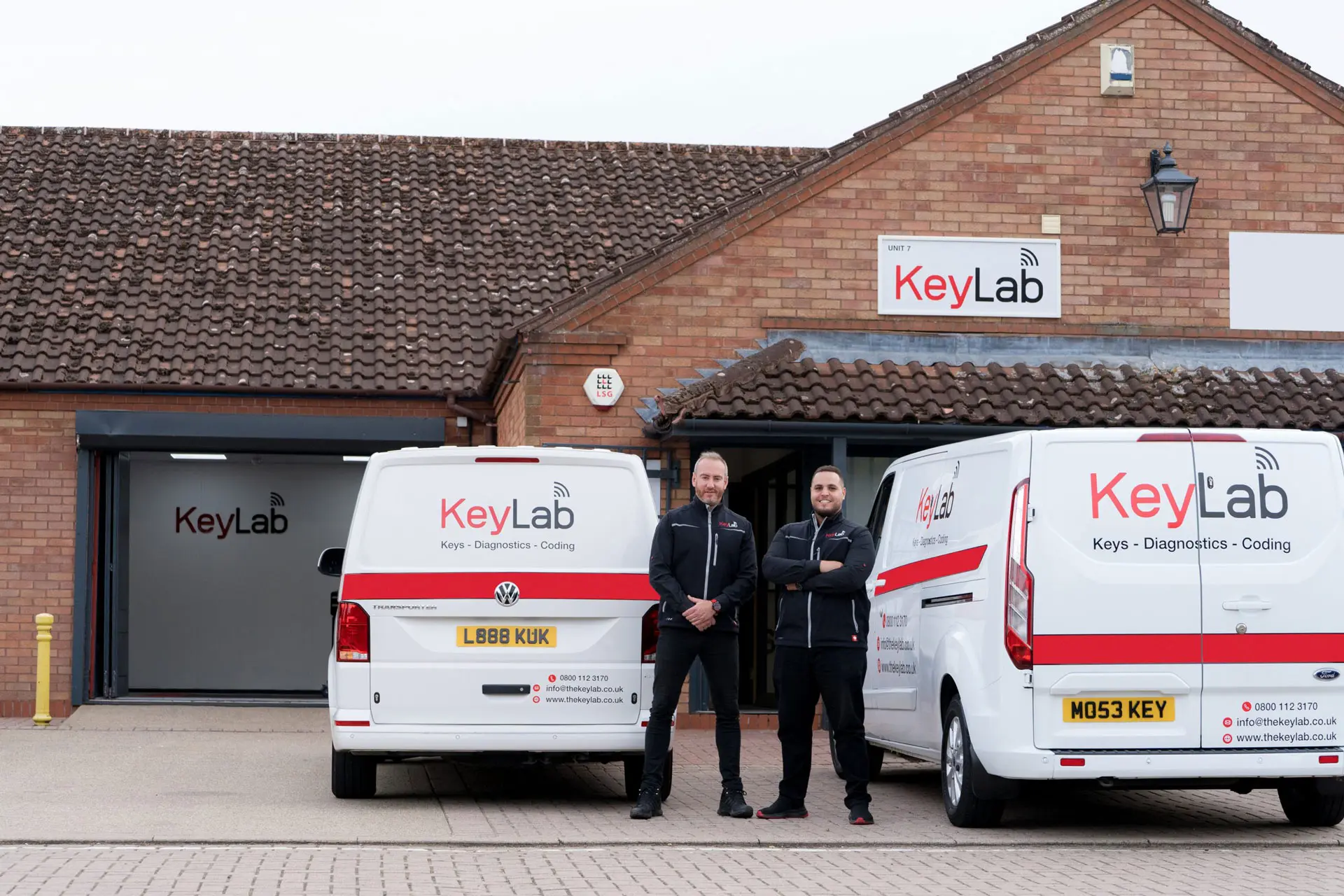14 Questions You Shouldn't Be Afraid To Ask About Broken Key Repair

Broken Key Repair: Solutions for Common Lock Issues
Intro
Keys are important tools in our day-to-day lives, enabling us to protect our homes, automobiles, and personal belongings. However, just click the next web page can also break, resulting in frustrations and inconveniences. Comprehending how to attend to broken key problems is important for anyone wishing to preserve their locks and guarantee access to their property. This short article covers different elements of broken key repair, including common causes, repair approaches, and preventive steps to avoid future circumstances.
Common Causes of Broken Keys
Keys can break for numerous factors. Understanding these causes can assist in preventing future incidents:
- Wear and Tear: Over time, keys can wear down due to frequent use, resulting in weakened shafts that are more likely to break.
- Poor Key Design: Keys that are badly designed might do not have structural stability, making them more susceptible to breaking under stress.
- Incorrect Key Usage: Using extreme force to turn a key, especially in a jammed lock, can easily lead to a breakage.
- Environmental Factors: Extreme temperatures or exposure to wetness can weaken metal keys, causing brittleness.
- Lock Malfunctions: A malfunctioning lock can put unnecessary tension on a key, causing it to snap during operation.
Signs of a Broken Key
Identifying a broken key often includes apparent indications. Here are some indicators:
- Partial insertion into the lock: If the key can not be completely placed or eliminated.
- Abrupt resistance: If the key feels stuck when being turned.
- Visible divides or fractures: Inspecting the key can reveal cracks or breaks in the metal.
- Insufficient engagement: The key might turn less than required to actuate the lock.
Methods for Broken Key Repair
When faced with a broken key, there are numerous approaches to consider for repair. It is vital to pick the best one based upon your particular situation.
1. Remove the Broken Key
If a key breaks within a lock, the first action is to eliminate the broken part:
- Use tweezers or needle-nose pliers: If a piece is protruding of the lock, carefully pull it out.
- Place a key extractor tool: This customized tool can help extract lodged parts more successfully.
| Tool | Finest Used For |
|---|---|
| Tweezers | Shallow extraction |
| Key extractor tool | Deeply lodged key pieces |
| Lube spray | Alleviating extraction of stuck parts |
2. Superglue Method
For scenarios where a key has partly broken but is intact enough to remain grasped, the superglue strategy might offer a temporary fix.
- Clean the broken surfaces thoroughly.
- Apply a thin layer of superglue.
- Hold the pieces together for a few minutes up until the glue sets.
Note: This technique is not a permanent solution and ought to be utilized with care as the repair can easily fail under operational tension.
3. Metal Epoxy
For a more robust repair, metal epoxy provides a more powerful bond than superglue.
- Follow the guidelines on the epoxy packaging for preparing the adhesive.
- Apply to the broken area and hold until set (generally a few hours).
4. Duplicate the Key
In instances where lock functionality is necessary, developing a duplicate key is frequently the finest path:
- Visit a locksmith: Many locksmiths can replicate keys rapidly and efficiently.
- Utilize a key-tracing service: Some locksmith professionals use tracing methods to cut an identical key based upon the remnants.
5. Lock Replacement
When keys repeatedly break, it may be due to lock concerns instead of key stability. In such cases:
- Consult a locksmith to evaluate the lock's condition.
- Consider replacing the lock completely if substantial damage or wear is apparent.
Avoiding Key Breakage
Preventing key damage is frequently much better than repair. Here are some practical pointers:
- Limit force on keys: Always turn keys carefully to avoid unnecessary stress.
- Routine key examination: Check for wear and replace keys revealing indications of damage.
- Use a keychain: Prevent excessive bending by utilizing a strong keychain.
- Lube locks: Ensure locks operate efficiently to decrease pressure on keys.
- Shop keys appropriately: Avoid putting keys in environments that can trigger rust or corrosion.
FAQs About Broken Key Repair
1. Can I repair a broken key myself?
Yes, you can try to repair a broken key yourself utilizing techniques like the superglue or metal epoxy techniques. However, these are temporary repairs, and it is recommended to seek advice from a professional locksmith for a more durable solution.
2. Is it worth fixing a broken key?
In some cases, particularly with sentimental or distinct keys, a repair might be worth it. For basic keys, duplication or replacement is usually more effective and reputable.
3. How can I avoid my keys from breaking?
To avoid damage, make sure that keys are exempt to extreme force, regularly examine them for wear, and keep locks properly maintained.
4. When should I look for a locksmith's aid?
If you are unable to remove a broken key from a lock or if the lock breakdowns regularly, it's best to look for a locksmith's competence.
Broken keys can present a substantial trouble, but they are workable with the best technique. By understanding the typical causes and readily available repair approaches, individuals can react effectively to key damage. Drawing from preventive procedures will likewise help keep key integrity and performance. Ultimately, a proactive method to key and lock upkeep can substantially reduce the frequency of these bothersome issues.

